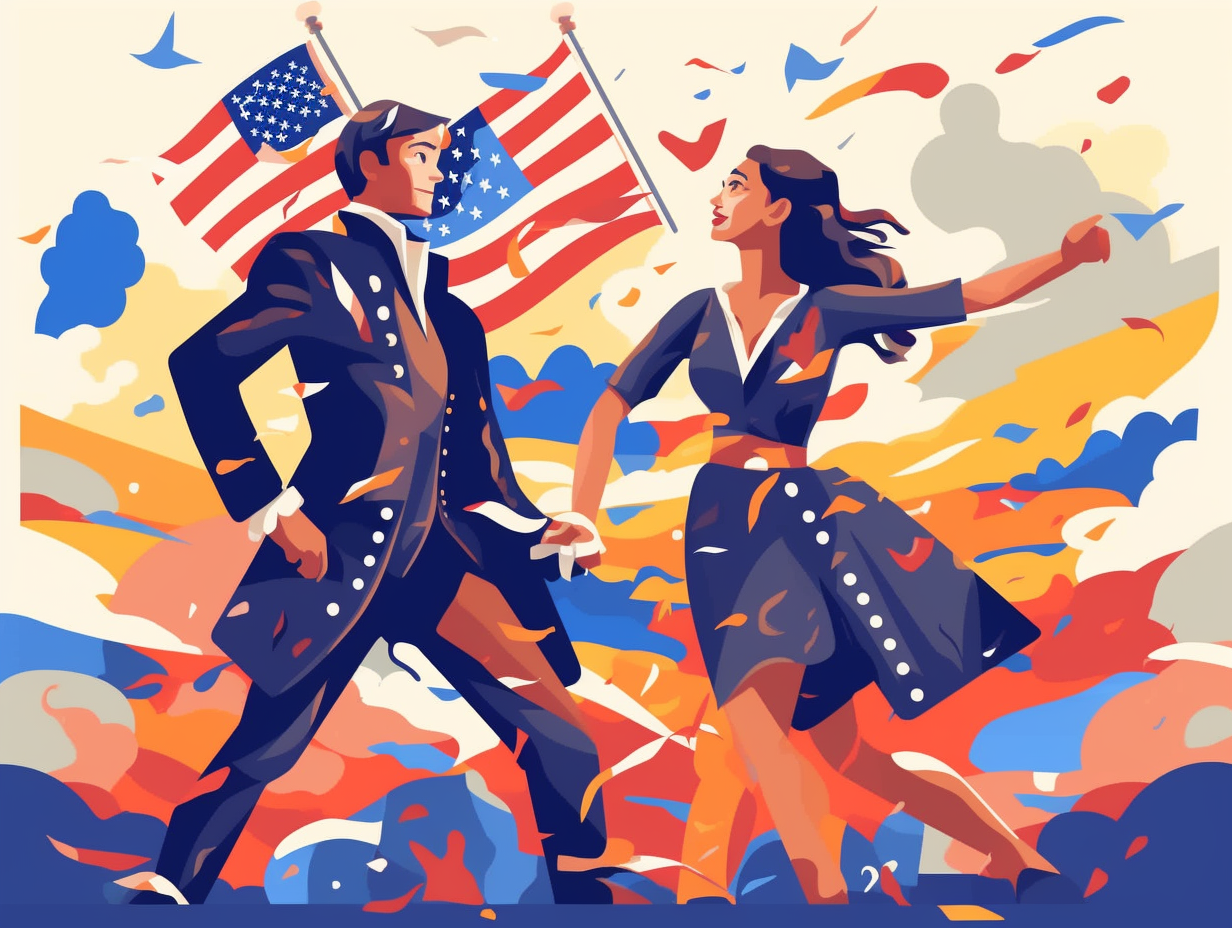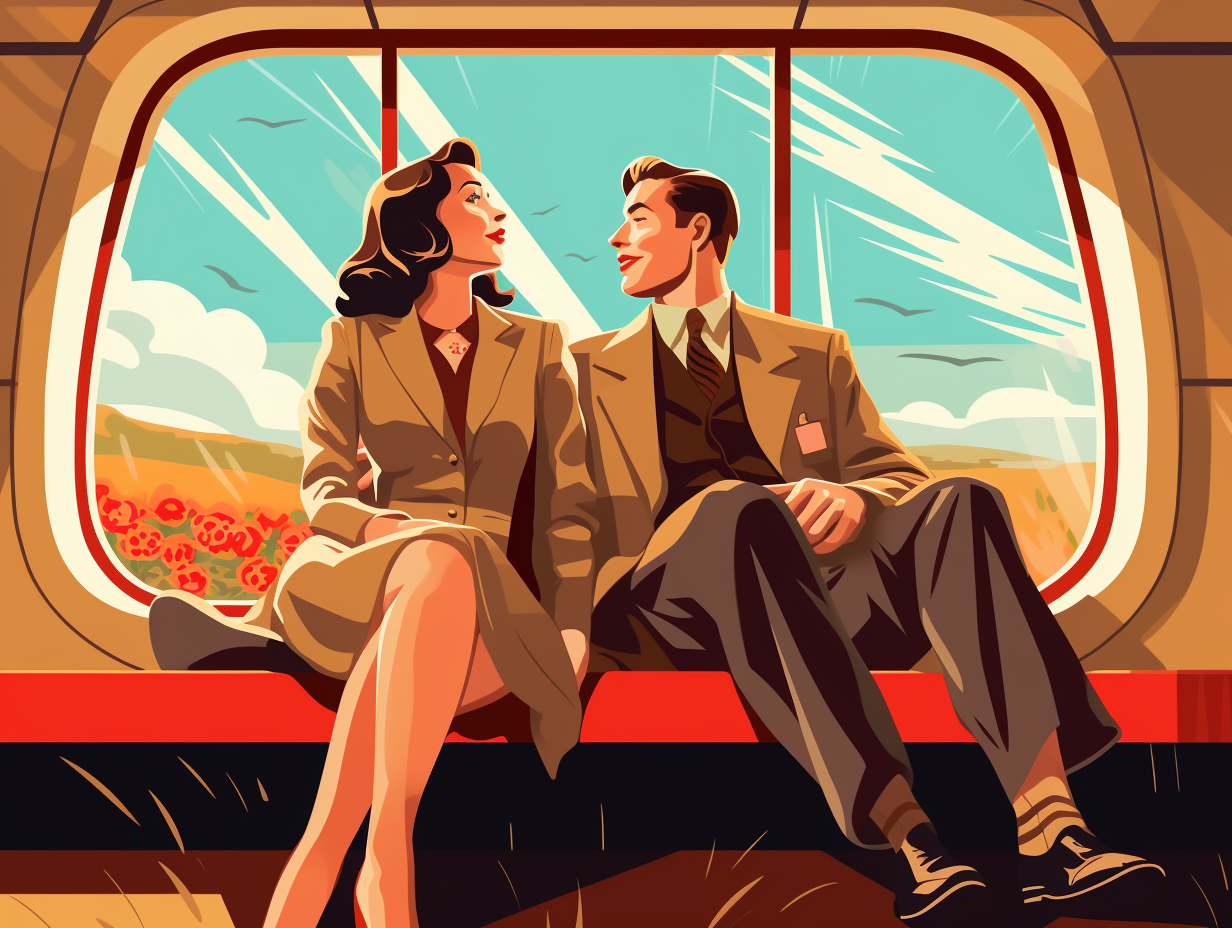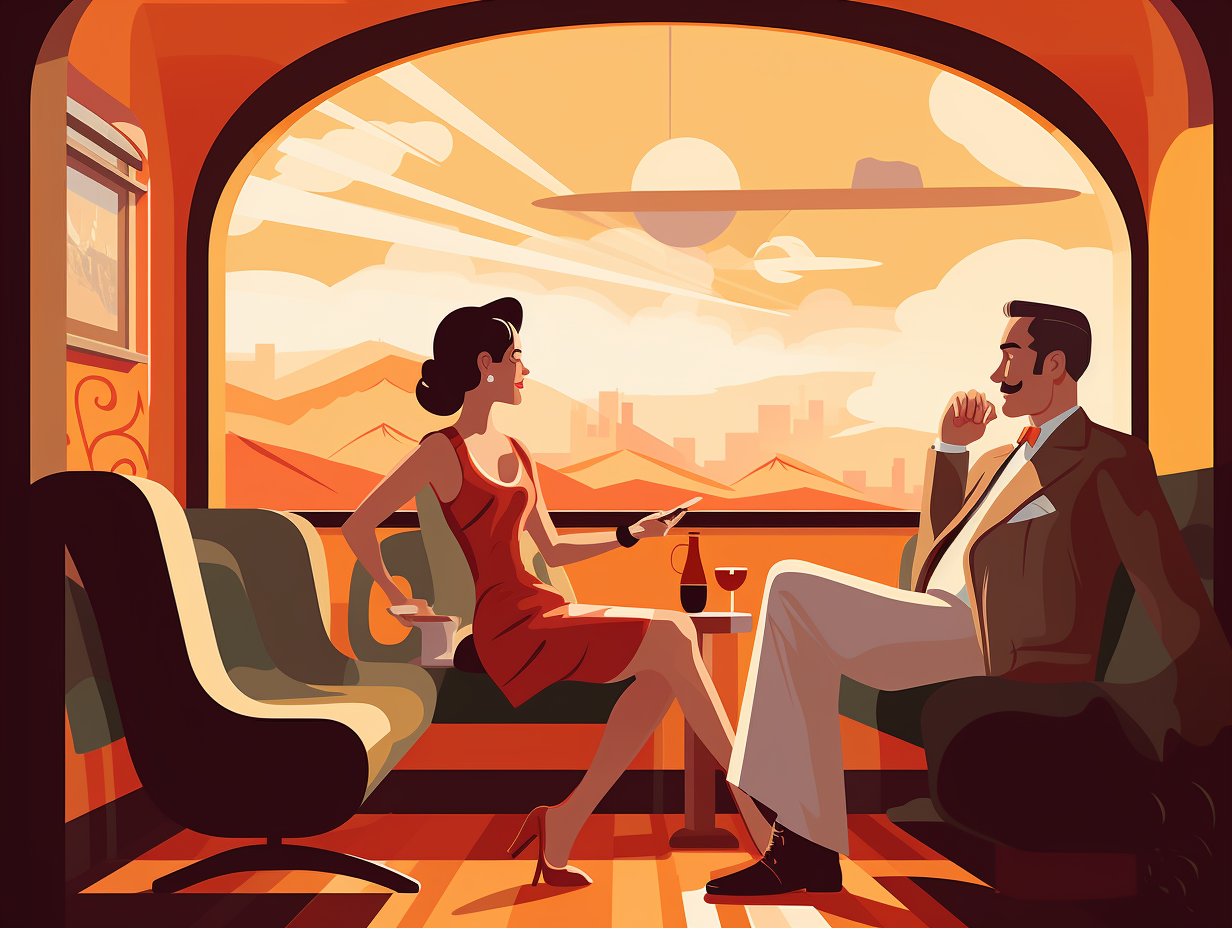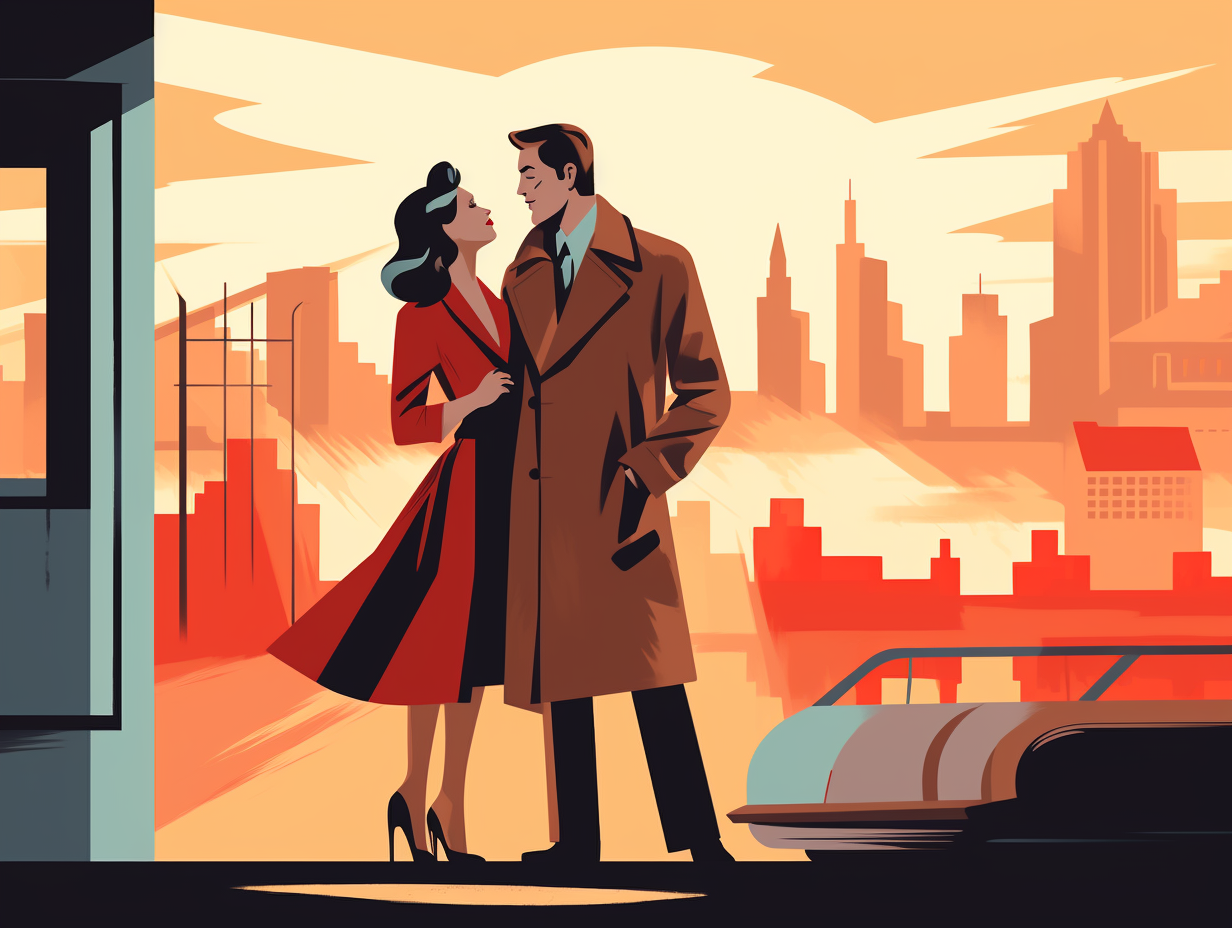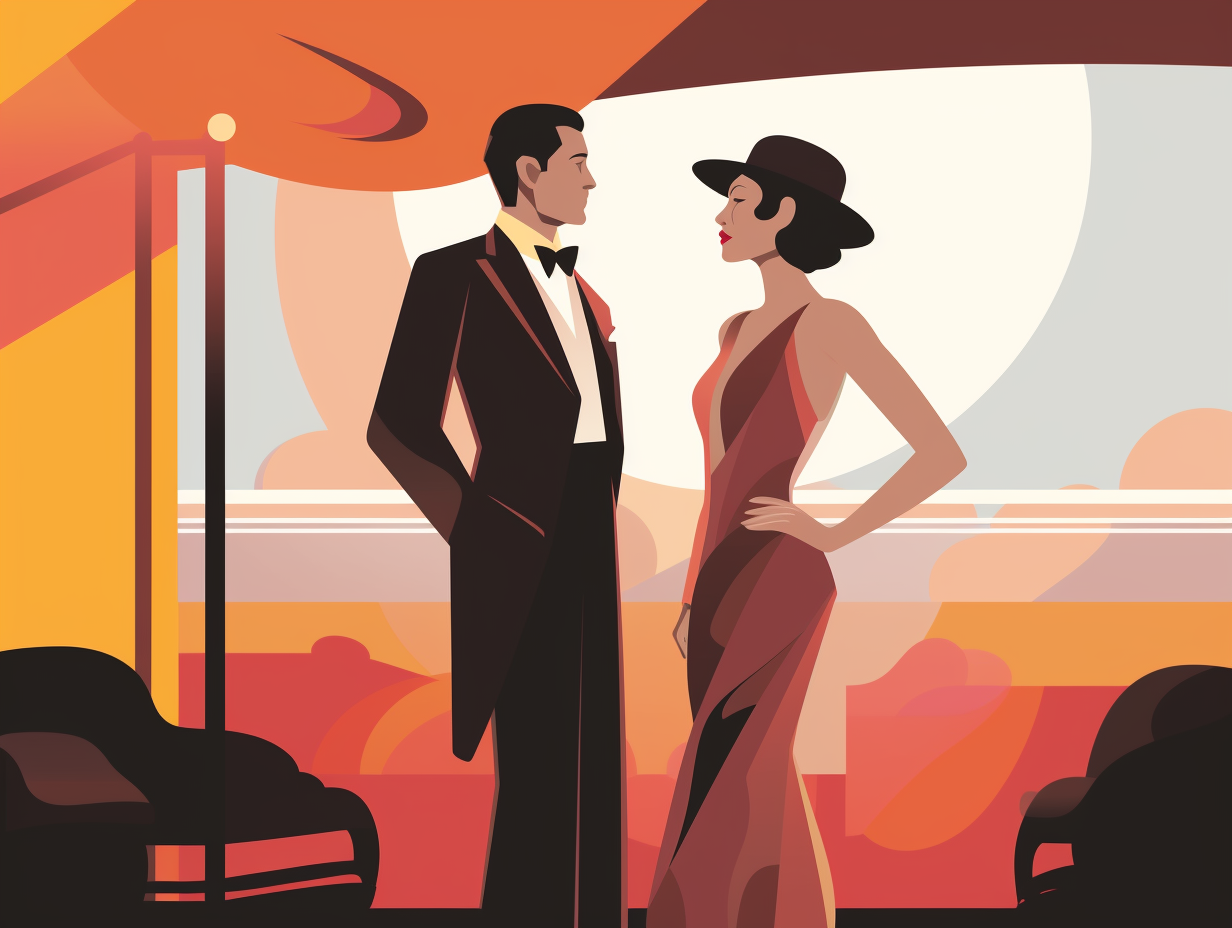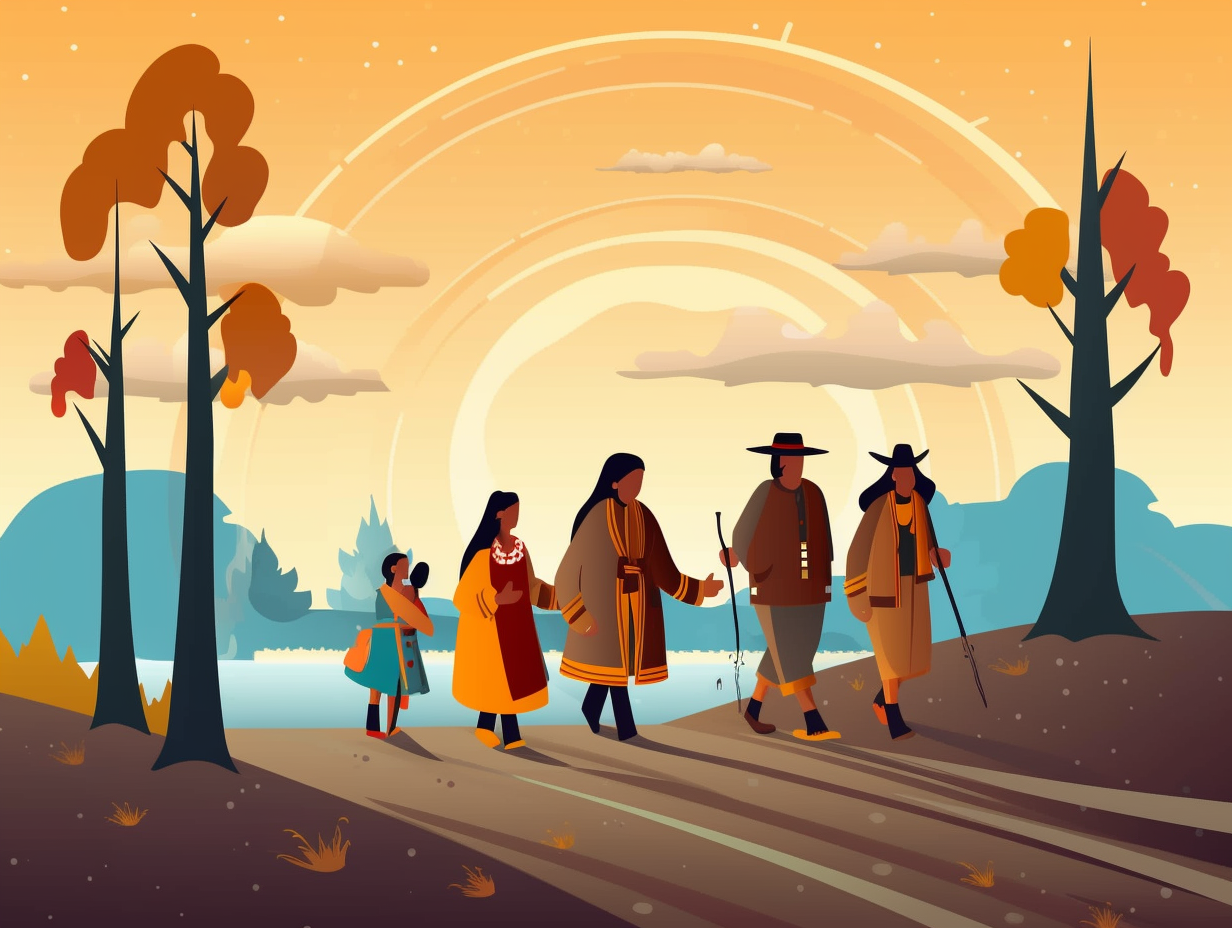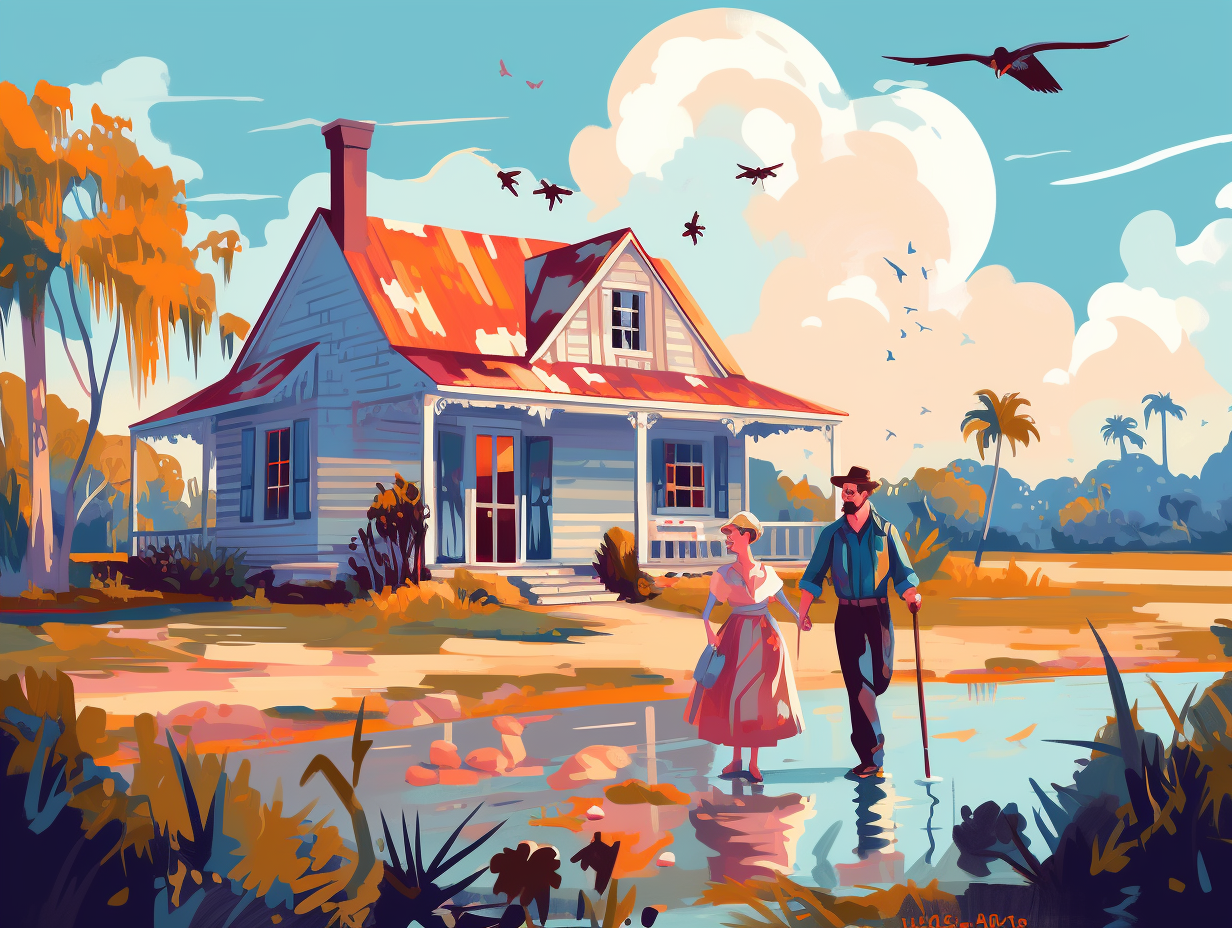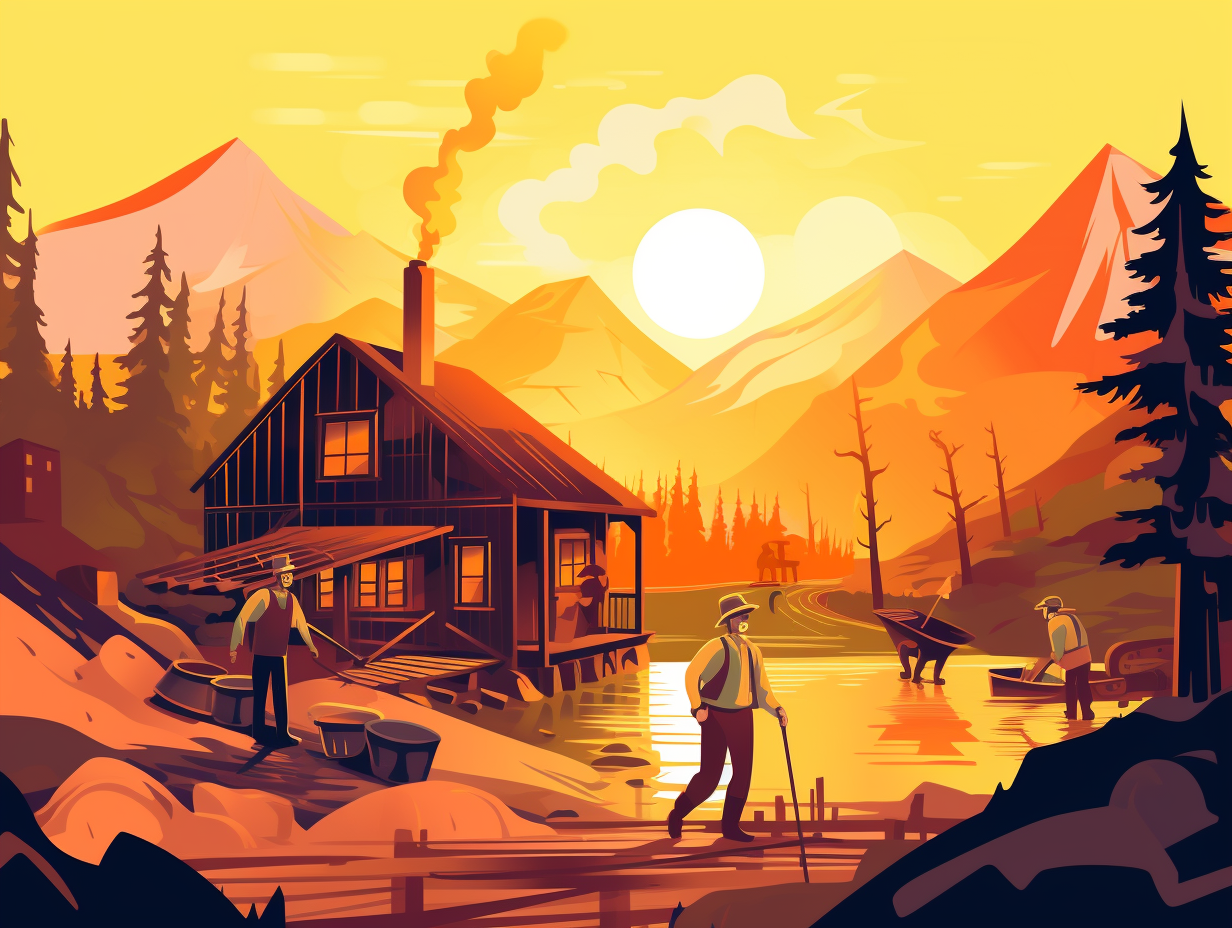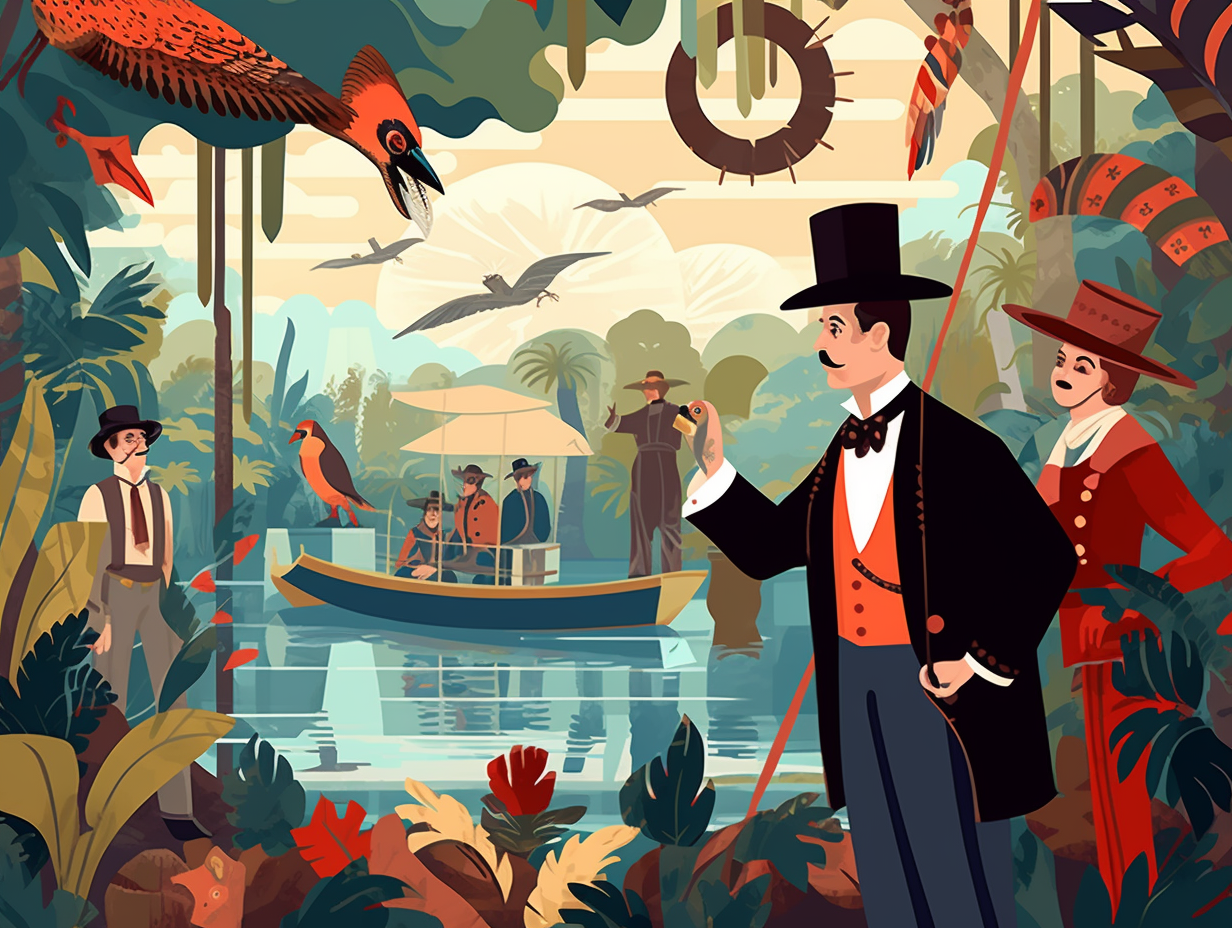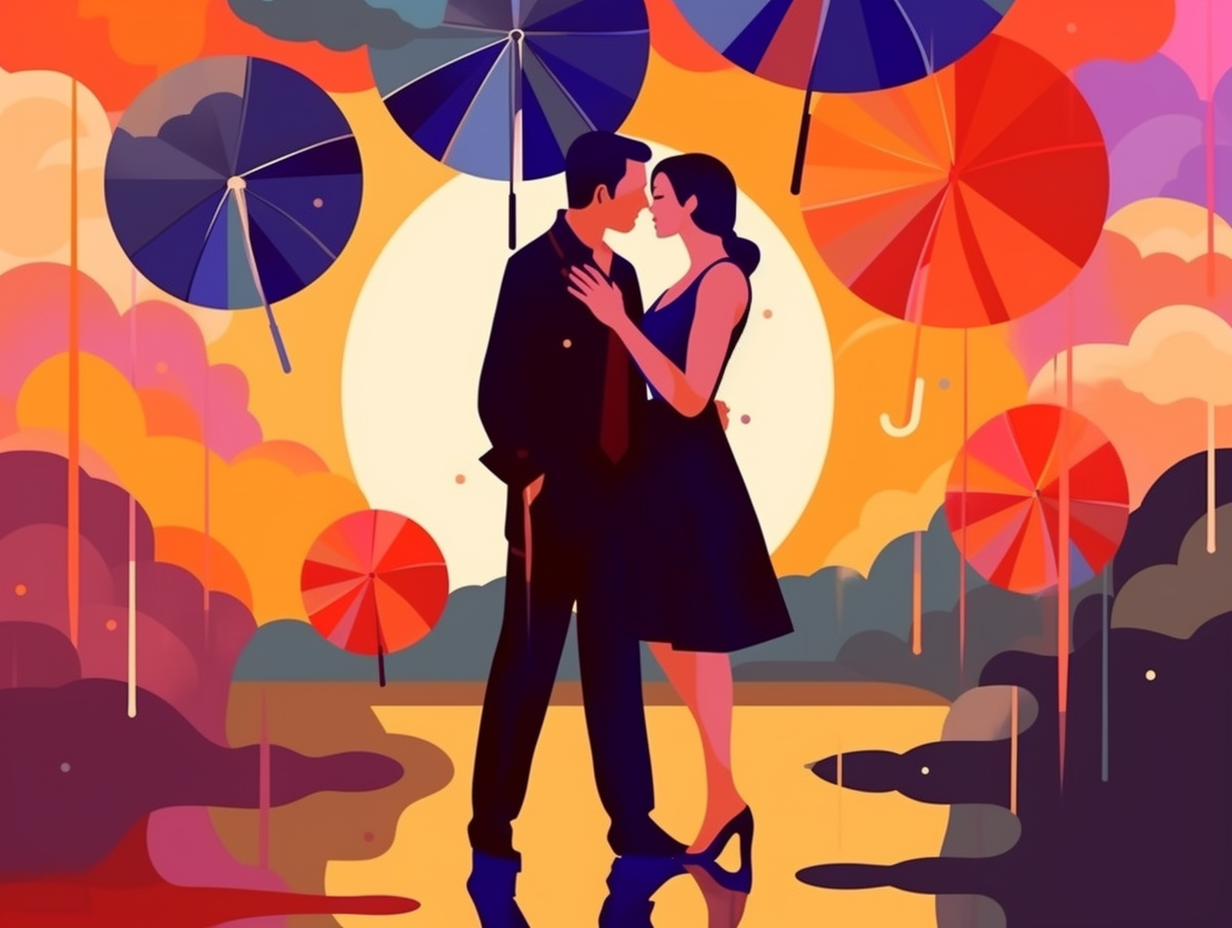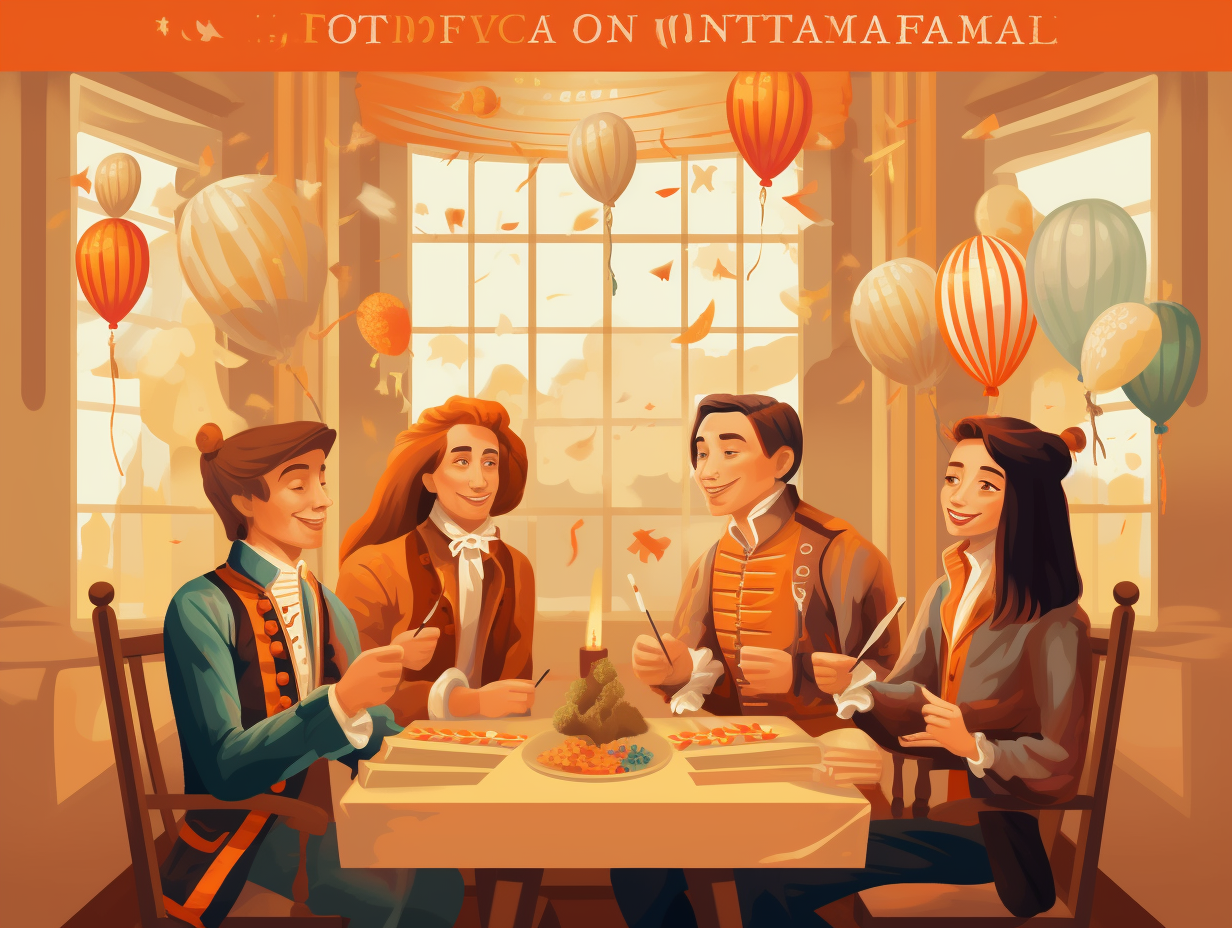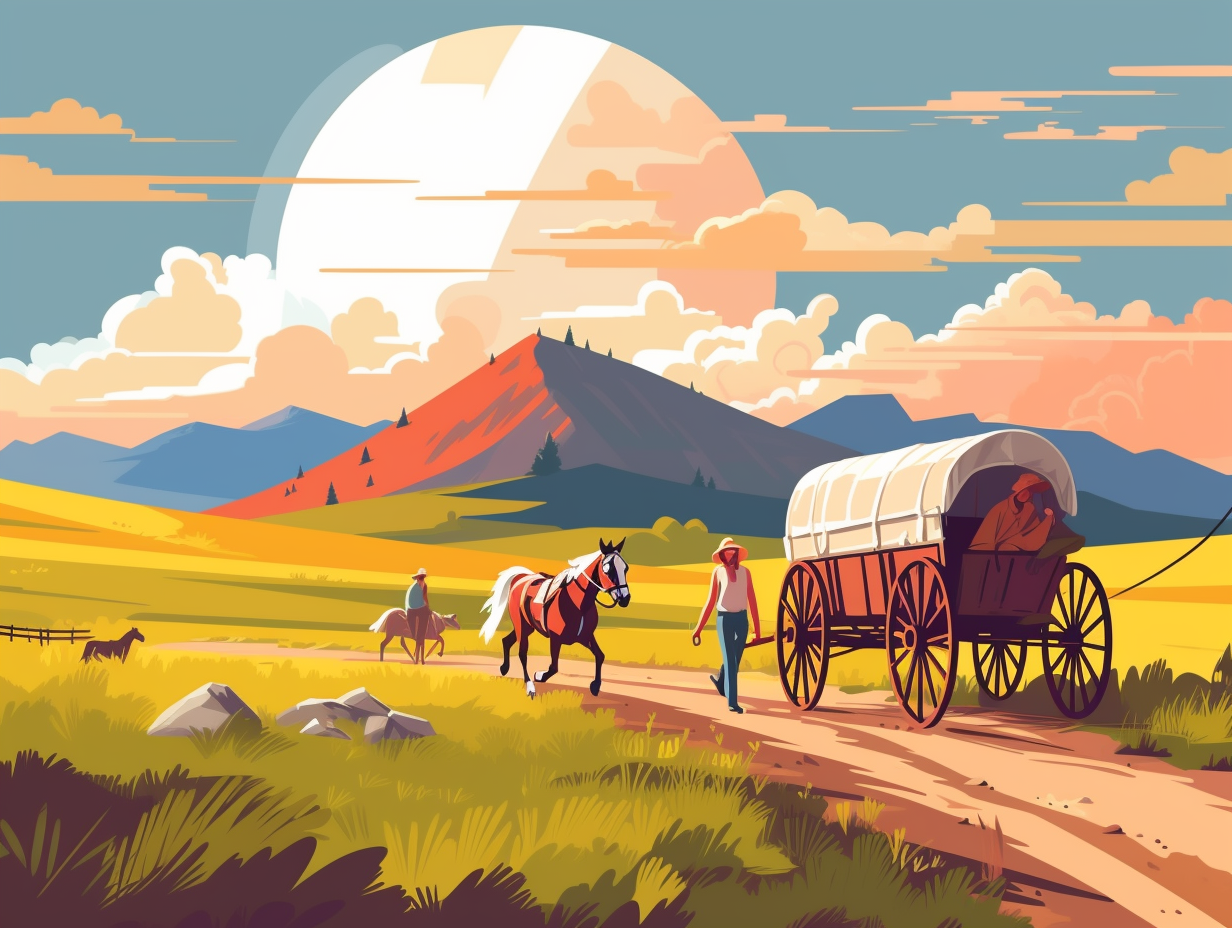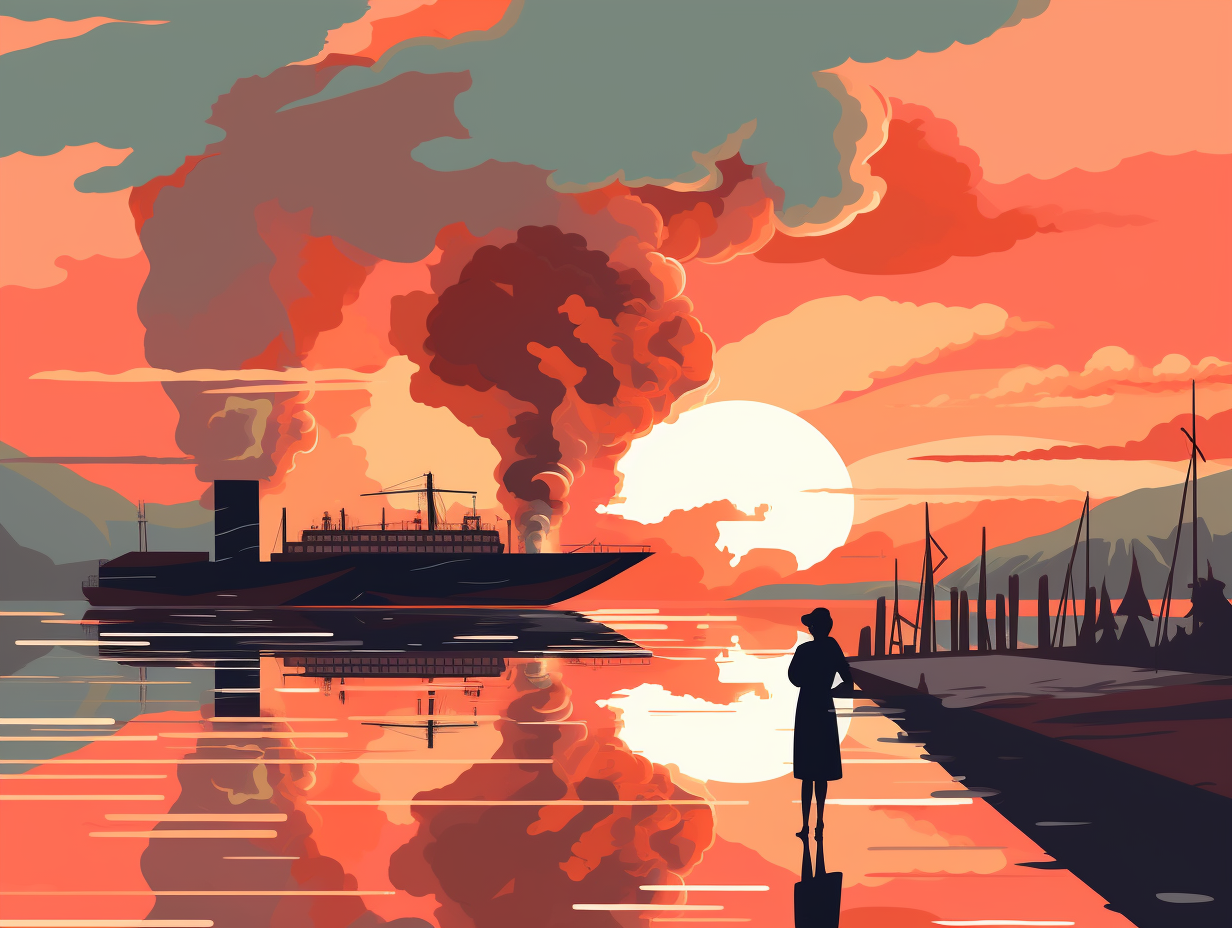Discover the Retro Charm: Top 10 Fascinating and Fun Facts from 1953!

1. First TV Dinner Trays
Talk about leftovers with a side of innovation: In 1953, after a Thanksgiving surplus mishap, Gerry Thomas from Swanson forged the first TV dinner trays, revolutionizing mealtimes for millions of busy American households by packaging 260 tons of frozen turkey with sweet potatoes and stuffing, and selling 10 million trays within a year!
Source => smithsonianmag.com
2. Discovery of DNA's Double Helix
DNA walk into a bar: one helix exclaims to the other, "I'm feeling twisty tonight!". But seriously, in 1953, James Watson and Francis Crick unraveled the mystery of the double helix structure of DNA, paving the way for modern genetic research and teaching us how genes are passed on through adenine, thymine, guanine, and cytosine.
Source => profiles.nlm.nih.gov
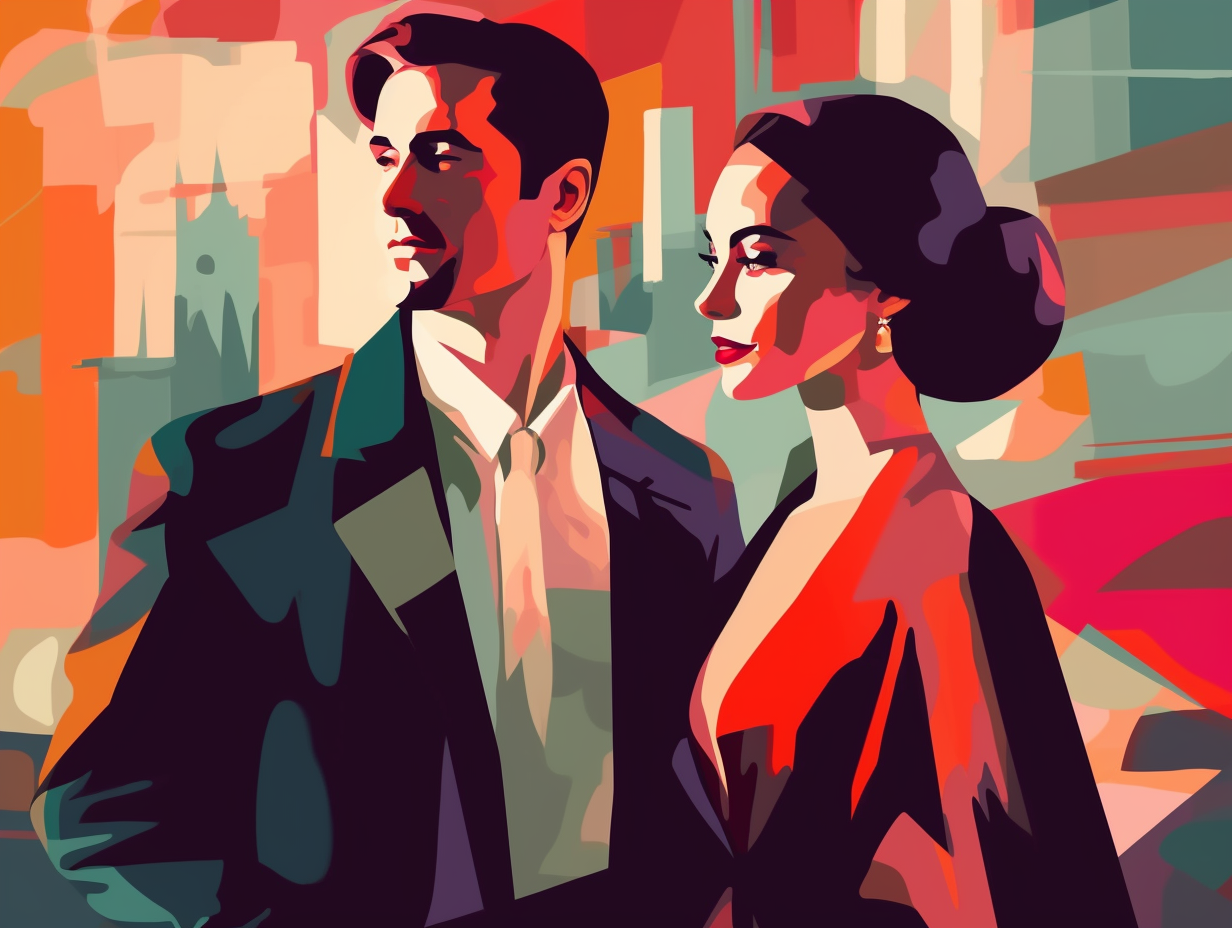
Did you know the hula hoop has a fascinating history dating back thousands of years, including its use as a medieval medical device and a storytelling prop? Discover the surprising origins of this iconic 1958 toy!
=> Fun Facts about 1958
3. Electronic Color TV System
Before Netflix and chill, it was Technicolor and thrill: In 1953, RCA concocted the first complete electronic color TV system, which was later crowned the US Federal Communications Commission's National Television System Committee (NTSC) standard, paving the royal road to revolutionizing television and changing the world forever – although, color TV sets were fashionably late in hitting the market as the technology was only in its debutante stage.
Source => sri.com
4. Queen Elizabeth II's Televised Coronation
Before social media and Netflix marathons, folks had something called "Crowning Moments" to glue them to their TV sets: Queen Elizabeth II's coronation in 1953 became the first British coronation to be fully televised, watched by an impressive 27 million viewers in Britain on BBC Television Service, and even started the Eurovision trend. Total estimated worldwide audience reached an incredible 277 million, with 11 million additional fans tuning in through radio broadcast in the UK.
Source => en.wikipedia.org
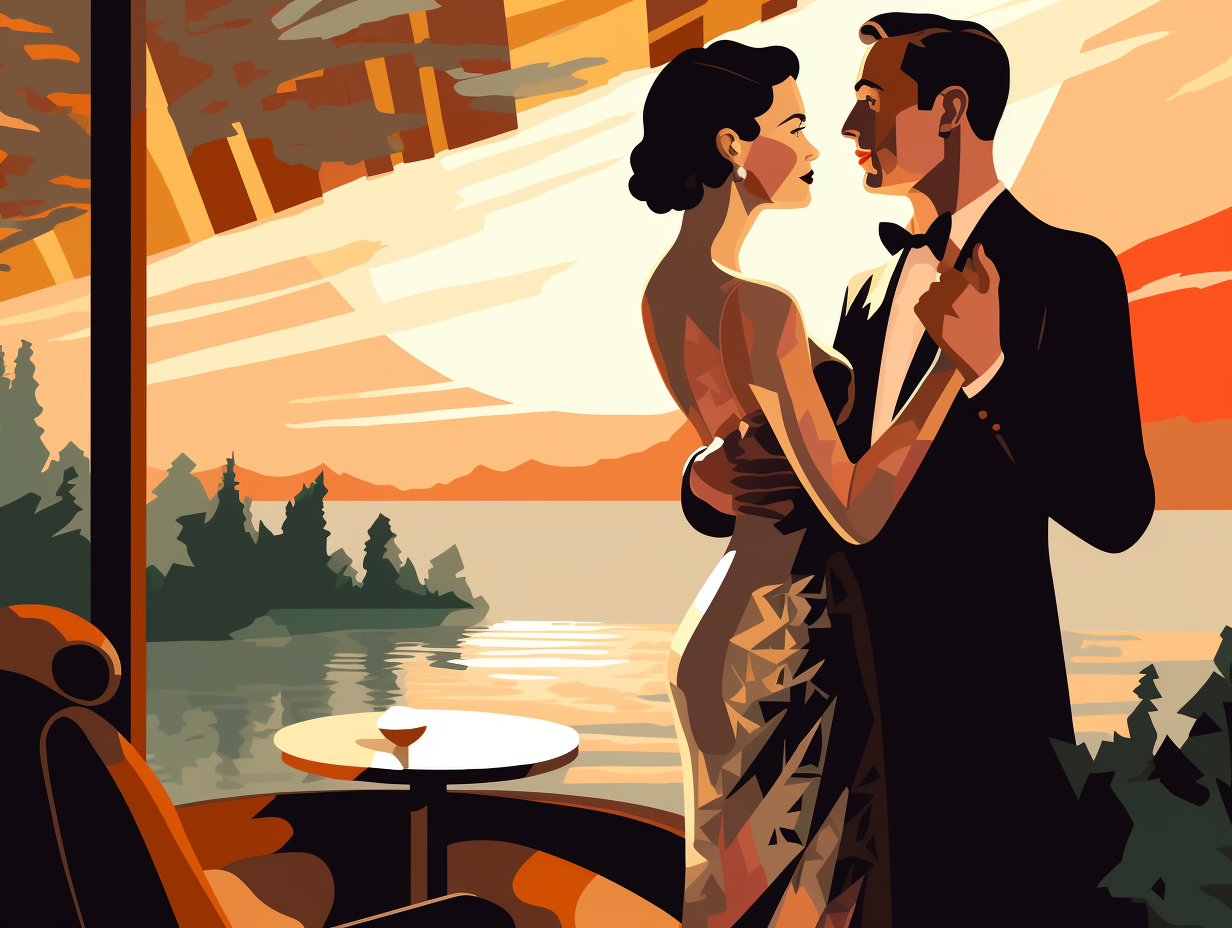
5. Conquering Mount Everest
In 1953, a band of merry mountaineers decided to do their best impression of the Beatles—before the Beatles were even a thing—by forming an entourage and climbing the "stairway to heaven": On May 29, after securing the South Col staging area and a failed attempt by Tom Bourdillon and Charles Evans, Sir John Hunt led an expedition featuring 350 porters, 20 Sherpas, and tons of supplies to finally conquer Mount Everest, with Edmund Hillary and Tenzing Norgay becoming the first to reach its majestic summit.
Source => nationalgeographic.com
6. War of the Worlds Wins Oscar
Before E.T. phoned home, Martians invaded Tinseltown and won an Oscar for their visually spellbinding antics: The War of the Worlds, a 1953 sci-fi horror film directed by Byron Haskin and produced by George Pal, bagged the Academy Award for Best Visual Effects, having adapted H.G. Wells' classic novel into a thrilling tale set in Southern California, and eventually immortalized in the National Film Registry by the United States Library of Congress for its cultural, historical, and aesthetic significance.
Source => en.wikipedia.org
7. Birth of CinemaScope
Ladies and gentlemen, bow down before the mighty CinemaScope: the triple-threat screen savior that blew a widescreen hole in the history of movie-going, making more space for all our beloved plots to unravel! Seriously, though: "The Robe," released in 1953, was the first film to utilize the revolutionary CinemaScope widescreen process, boasting a budget of $4.1 to $4.6 million and raking in a whopping $36 million in the US box office, making it one of the year's blockbuster hits.
Source => en.wikipedia.org
8. The Wild One: Outlaw Biker Film
Before Marlon Brando made outlaws cool, bikers just biked, and gang violence was reserved for West Side Stories: In 1953, "The Wild One" burst onto the scene as the original outlaw biker film, examining American motorcycle gang violence and introducing the brooding icon, Johnny Strabler, played by Brando. This cinematic adventure's roots lie in the Fourth of July weekend of 1947, when an AMA motorcycle rally spiraled into chaos in Hollister, California, inspiring the short story that would ultimately be transformed into the iconic film.
Source => en.wikipedia.org
9. Ford's Futuristic X-100 Concept Car
Before smartphones and heated seats were cool, Ford was already ringing in the future – quite literally: In celebration of its 50th anniversary in 1953, Ford introduced the X-100 concept car, a "laboratory on wheels" with over 50 cutting-edge features. Not only did it have heated seats and a phone – which are common today – but it even had oddities like a variable-volume horn, an in-vehicle electric shaver, and a powerful V-8 engine with 300 horsepower. Now that's what we call a blast from the past!
Source => thehenryford.org
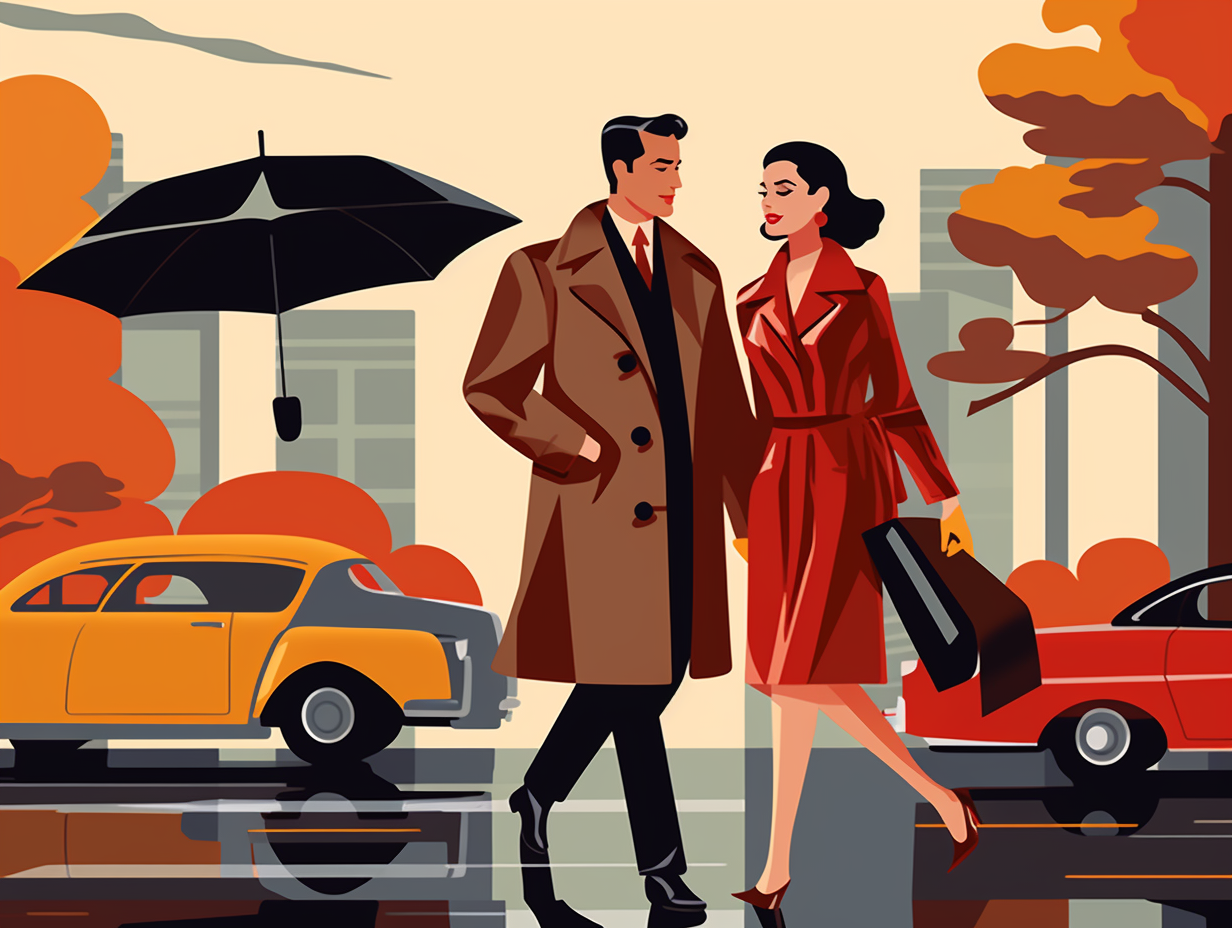
10. Eisenhower Avoids McCarthy's Scandal
In an era when "Red" very much referred to Russian flags and not just limited to Netflix binges, even American politicians weren't spared from the "Communist Contagion" rumors: In 1953, President Eisenhower had to strategically delete a paragraph accusing General George C. Marshall of communist ties from his Milwaukee speech on "Communism and Freedom," ensuring that Senator McCarthy's home state of Wisconsin would stay free of scandalous controversies.
Source => eisenhowerlibrary.gov
Related Fun Facts


